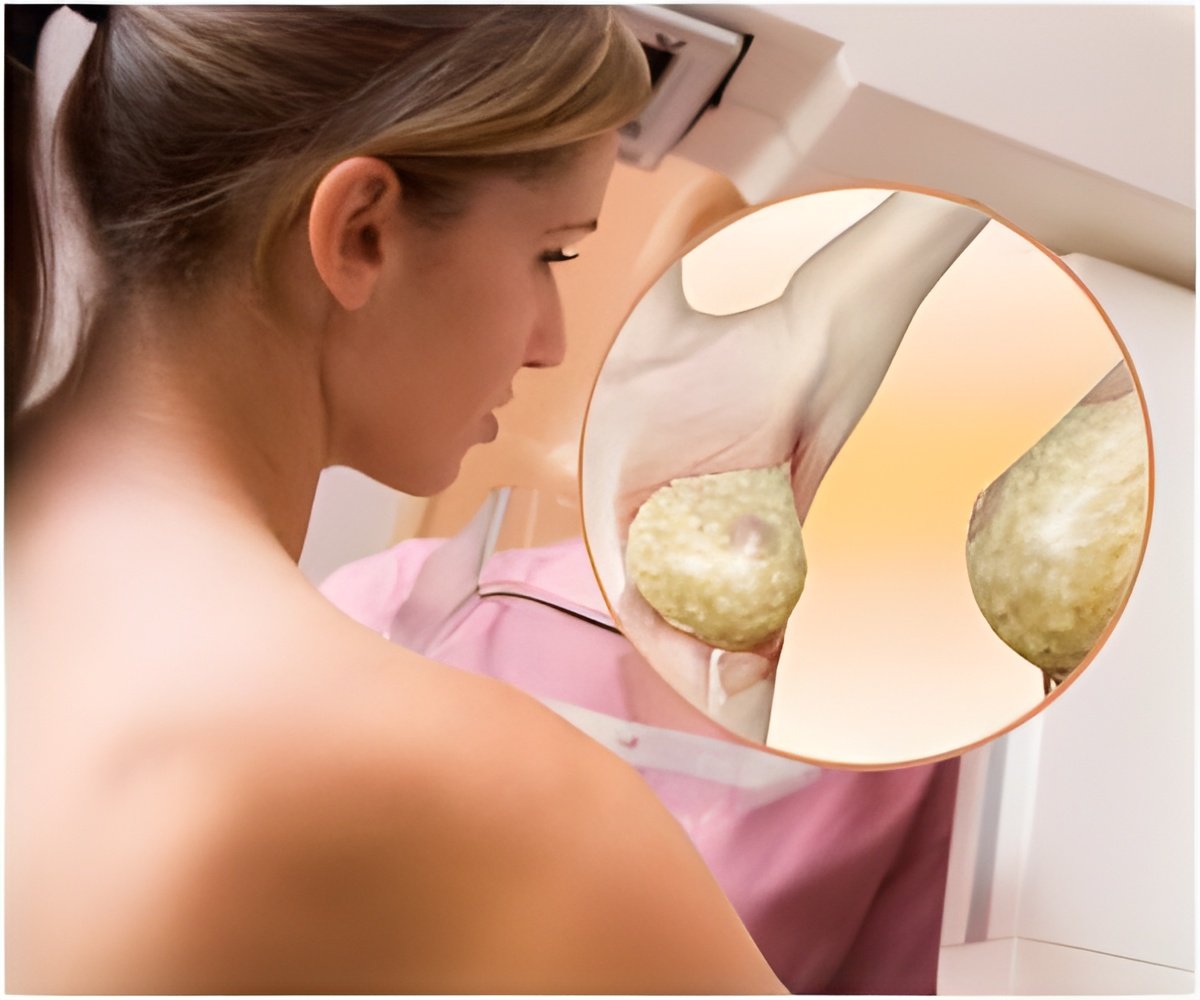Women with atypical hyperplasia (also known as atypia) are at higher risk of developing breast cancer in future than previously thought.

Researchers were also able to give an accurate estimate of risk by incorporating information from a patient's pathology specimen. They found that as the extent of atypical hyperplasia in a biopsy increased, as measured by the number of separate atypia lesions or foci, so did the woman's risk of developing breast cancer. For example, at 25 years post-biopsy, 47 percent women with three or more atypia lesions in the biopsy had developed breast cancer, compared to only 24 percent of women with one focus.
The findings could benefit more than 100,000 women diagnosed each year with atypical hyperplasia. The research team recommends that women with atypical hyperplasia be recognized as having significantly increased lifetime risk of breast cancer and thus be candidates for intense screening with MRI. Also, they can be given anti-estrogen medications like tamoxifen which lowers the risk of breast cancer by 50 percent or more in women with atypia.
The study has been published in the Journal of Medicine.
Source-Medindia















